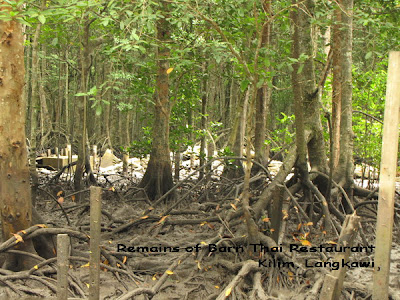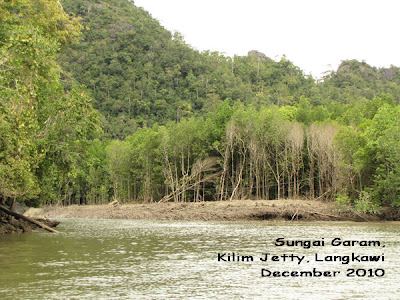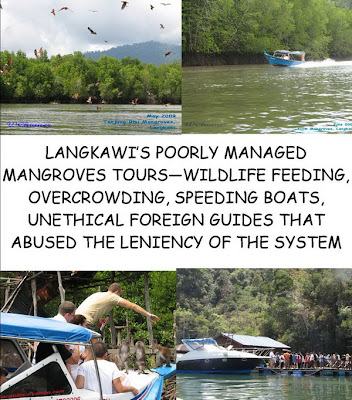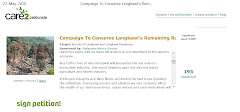Oh well, same old story. It is starting again this year. Open forest burning and it is on the same area of Bukit Sawak, Langkawi. The picture below was taken this evening.
Today's weather was mostly cloudy for the whole day and a bit drizzly in the evening. So, it is only lots of smoke that you are seeing on the picture.
Where is Bukit Sawak and why it is also important?
In the legends of Langkawi, Mat Sawak played a role as a mediator during the legendary fight between Mat Raya and Mat Cinchang. To cut the story really short, all three of them were turned into mountains as the gods were angry with the situation. Therefore, Bukit Sawak (Sawak Hill) now stands at 471 meters high and it is tucked in the middle of Gunung Raya and Gunung Mat Cinchang (where the cable car is sitting).
In the ecological sense, Bukit Sawak serves as a wildlife corridor especially for our primates and the hornbills. It is a forest reserve. If this hill is torn apart, these wildlife will remain imprisoned within Gunung Raya or Gunung Mat Cinchang and thus will lead to the risk of inbreeding.
These are the pictures of Bukit Sawak encroachment in year 2010:
We had experienced a prolong wet season from December 2010 till first week of January 2011 and then only came the dry season. The dry season was supposed to start from November onwards and surprisingly for the past two days, the clouds came in with some rain. I would say... "Applaud!" Alleluia for the rain! With the constant rain (hopefully), that will deter these bloody rascals to continue taking away her rainforest. Of course, it will not be good for this year's weather pattern if that would happen for the fruiting season would be messed up. Also, the tourists would not like it if there will be rain everyday on Langkawi. That will make the tour operators frustrated as well. So, what it is going to be, save the rainforest by the rain or to keep everyone happy with some quick bucks in their bank accounts?
To the Langkawians, if you see a forest being burned away and there is any sign of smoke, please do her a favor by calling the Bomba (Fire department) or the Forestry Department. Save these numbers in your hand phone:
1) Forestry Department: 019-5168578
2) Bomba (Fire Department): 04-9693004
Yawn, yawn, yawn... As long as these relevant authorities are not doing anything about Langkawi's forest being burned away, I will continue to write the same old story.
... Read full post ...








































